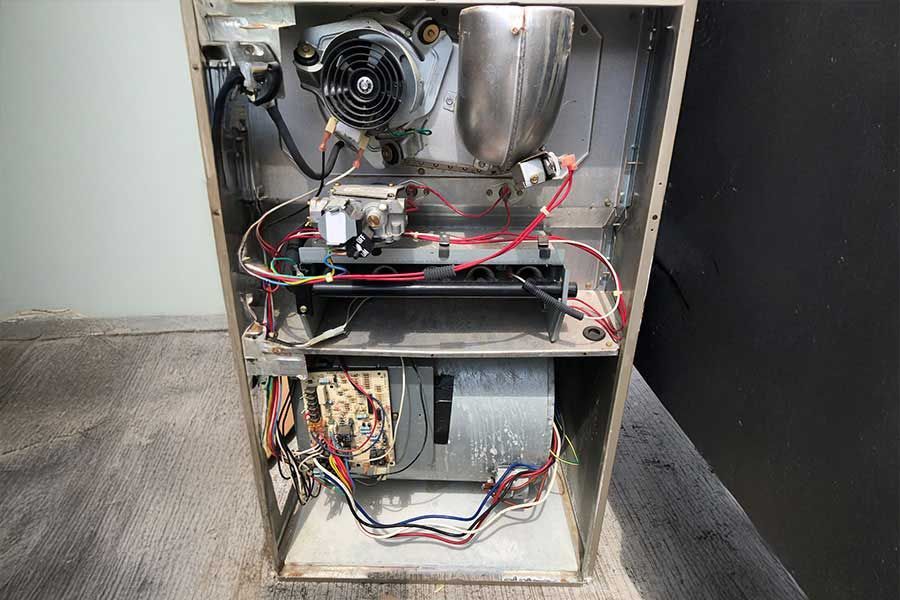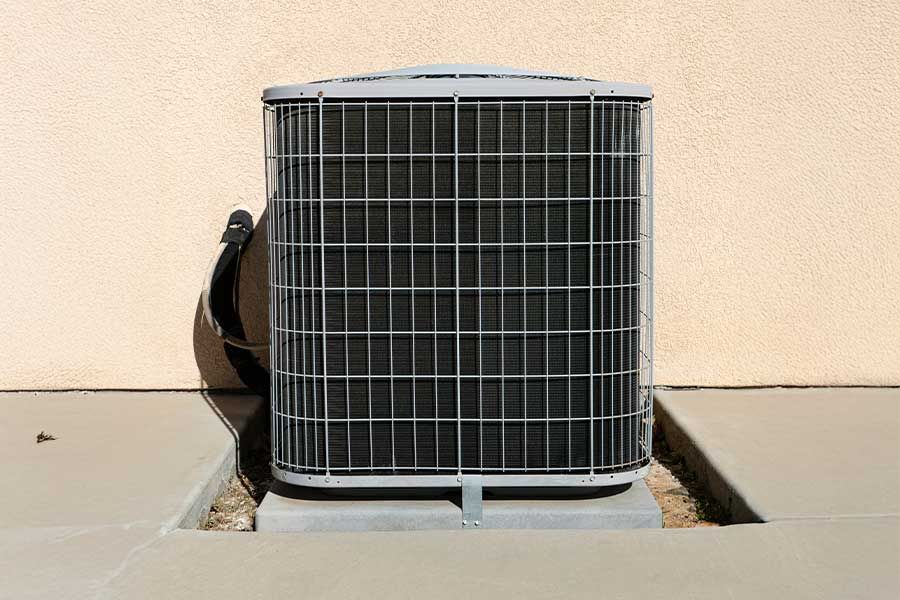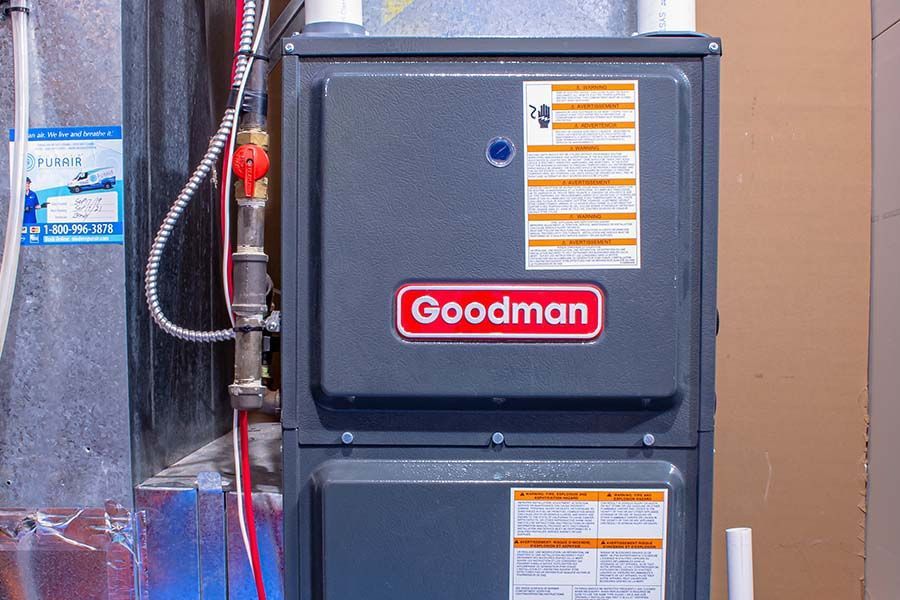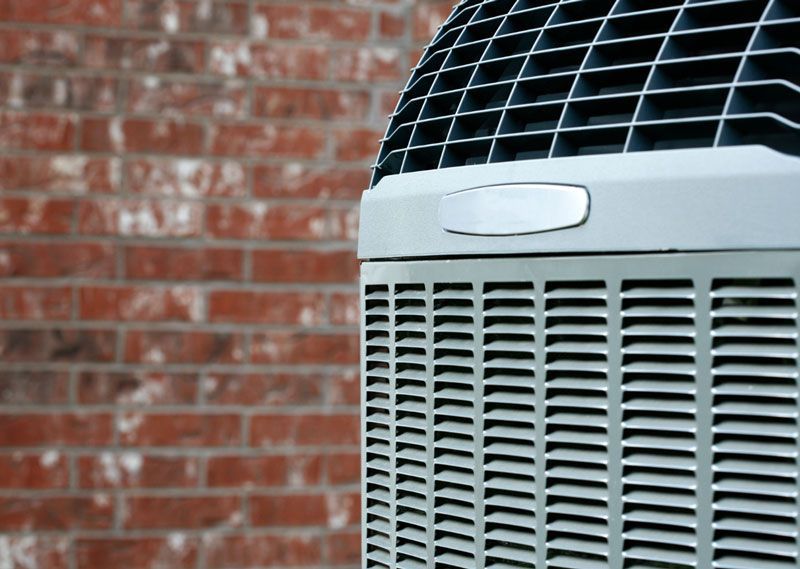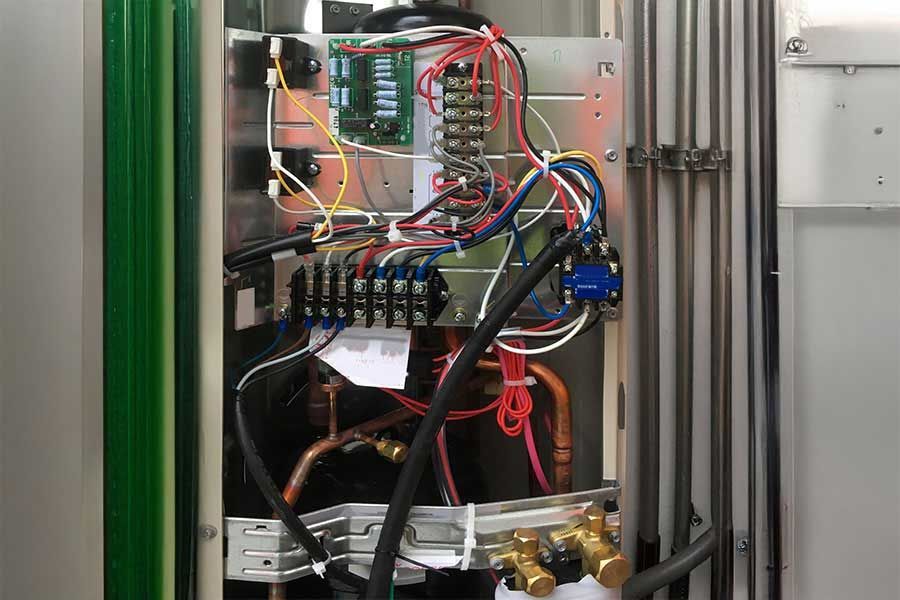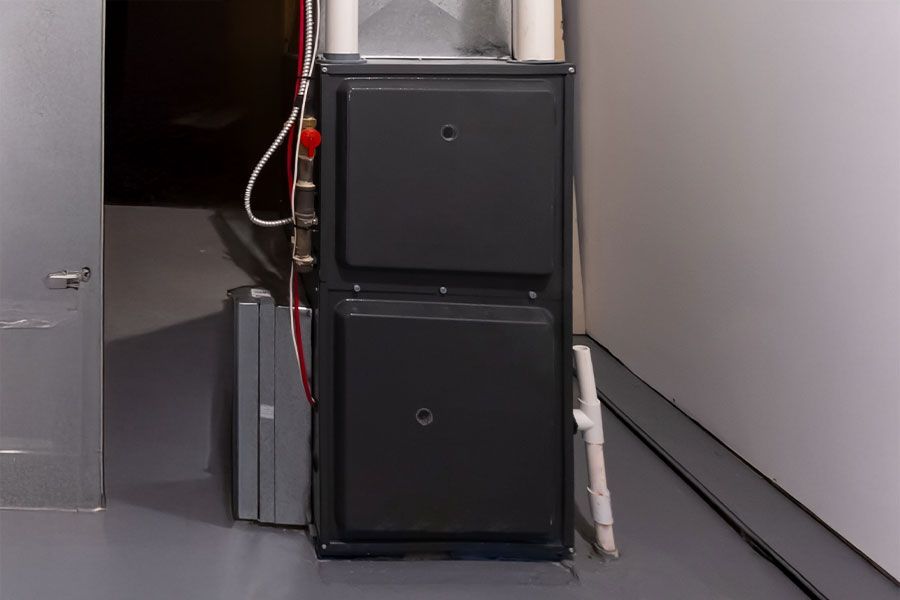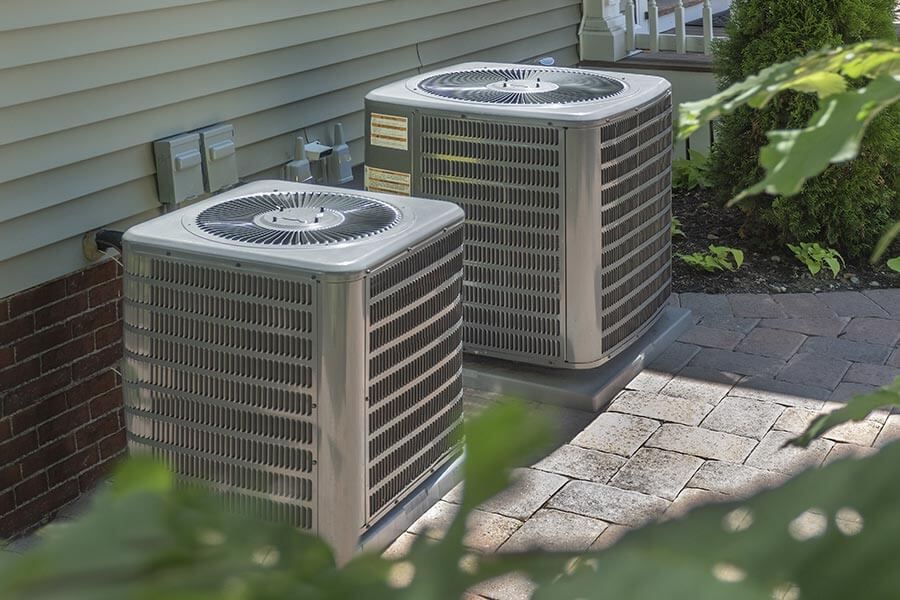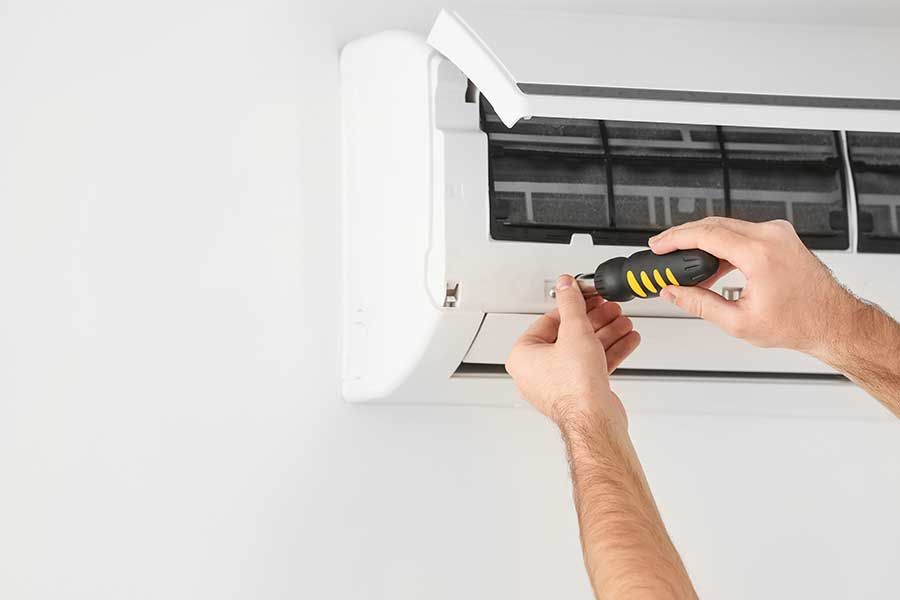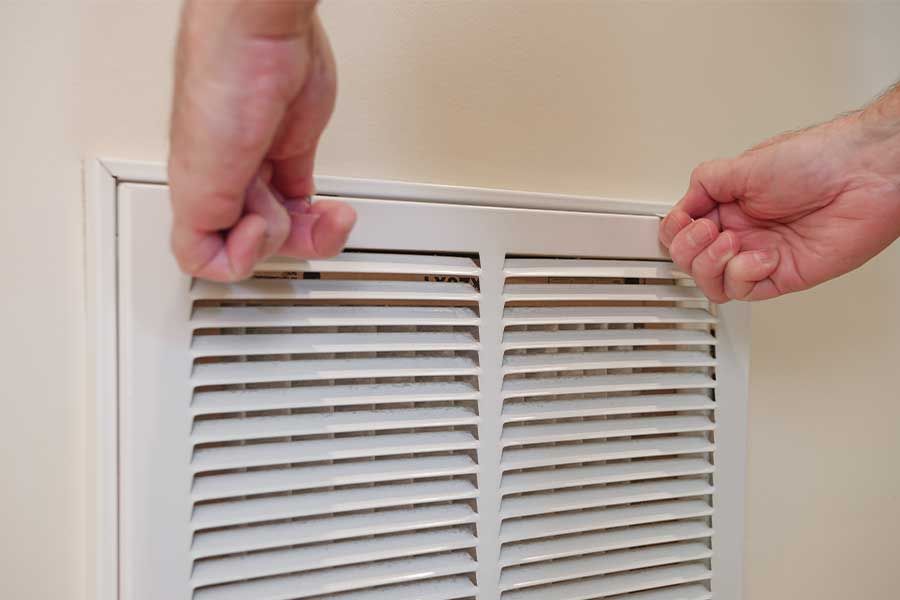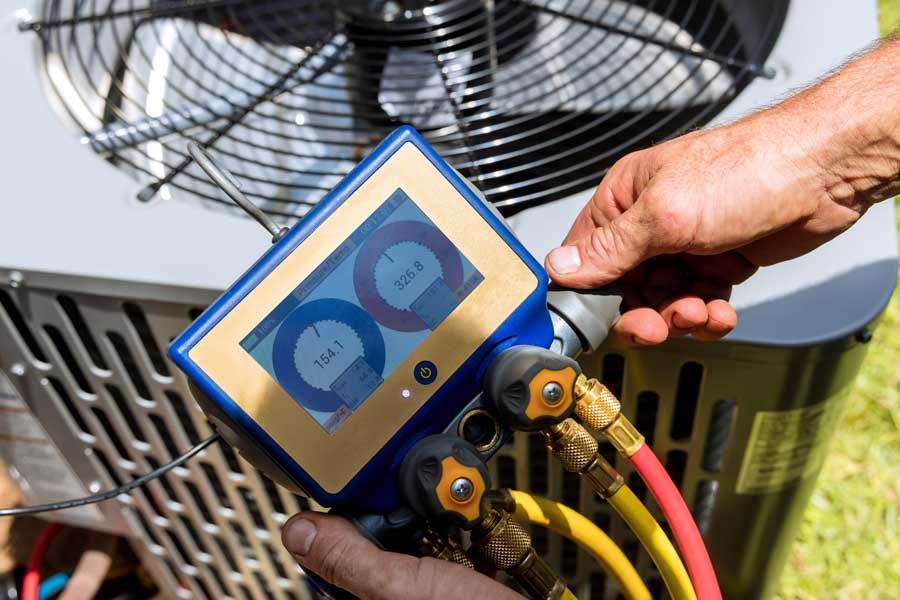Where Should You Place HVAC Vents?
Many homeowners don’t know that the placement of HVAC vents significantly affects how well their system works. When installing a new HVAC system, putting the vents in the right places can make a big difference in energy efficiency and comfort. Incorrectly placed vents can also make your current HVAC system less effective, causing uneven heating and cooling from room to room.
To get the most comfort and efficiency from your home's HVAC system, you need expert installation from experienced professionals. Hickory Heating & Cooling is the go-to provider of HVAC services in Hickory, NC. Homeowners needing HVAC installation, maintenance, and repairs count on us for reliable, customized services at affordable prices.
The Two Types of HVAC Air Vents
HVAC systems have two types of air vents: supply vents and return registers. These vents work together to pull in the air for heating or cooling and deliver the treated air back into the room. When the vents are working as they should and appropriately placed, you'll enjoy consistent temperatures and lower energy bills.
Supply vents bring treated air into each room. They warm or cool the room to the desired temperature based on how you set the thermostat. Depending on your system and home's construction, builders place these vents in the ceiling, on the floor, under windows, or on exterior walls.
Return registers pull stagnant air from the room and send it to the HVAC unit through the air ducts. Some homes only have one return register in a central location. Other homes have return registers in every room, located on interior walls.
What to Consider When Placing Air Vents
The placement of return and supply vents can make a big difference in how well the HVAC system cools and heats your home. It can also influence how you arrange furniture and decorate your home. For those reasons, consider the following factors when determining vent placement.
Height
In North Carolina, supply vents are typically found on the ceiling or high up on walls. Not only are these locations usually closer to supply ducts in the attic or walls, but they also help keep rooms cooler. Warm air rises and cool air sinks, so blowing treated air into the room from above maintains a more consistent temperature.
You have more flexibility when installing return vents. Because their purpose is to send air back to the heating and cooling units, their height is less important. The location of the air ducts is a more important consideration.
Interior vs. Exterior Walls
It's best to avoid placing HVAC vents on exterior walls, especially return vents. Putting return ducts on interior walls can help lower energy bills by ensuring only indoor air flows through the air ducts to the HVAC units.
Installing them on exterior walls means pulling in air from outside. The ensuing fluctuating temperatures will put more strain on the system.
Proximity
It's crucial to place the supply vent and the return vent as far apart in the room as possible. Heated or cooled air needs time to circulate, but if the supply vent is too close to the return, it won't have the chance to do that. The return vent will suck in the air, and the room won't reach the ideal temperature.
Doors and Windows
Some experts suggest placing supply vents above or below windows. The treated air flowing over the window can create a buffer zone, reducing the effects of the outside temperature and sunlight on the room.
It is vital to avoid placing vents over or next to doors. Doing so allows the treated air to escape into other parts of the house, or outdoors.
Room Size
Placing vents throughout your home can ensure an even temperature and prevent overly hot or cold rooms. While putting supply and air vents in every room is ideal, it may not be practical for some homes. Instead, you can install vents in every large room.
Centrally located supply vents in hallways may be adequate for smaller rooms.
The Benefits of Ceiling Vents
As previously mentioned, HVAC vents in North Carolina homes are most often located on the ceiling or upper walls. Ceiling supply vents offer a number of advantages.
- Better energy efficiency. Placing the supply vent in the ceiling takes advantage of thermodynamics to make the HVAC system more efficient. During warm months, rooms stay cooler because the cooled air blows down into the space. This location helps the HVAC use less energy.
- Access to air ducts. In most homes, the attic houses the majority of the air ducts. This location makes placing air vents in the ceiling a practical choice. The treated air doesn't have to travel as far, and you don't have to sacrifice square footage to install ducts in the walls.
- More attractive. Vents in walls can be an eyesore. Blocking them with artwork, mirrors, or other decor causes significant HVAC issues. Many homeowners prefer putting them in the ceiling where they don't take up wall space or detract from the room's aesthetics.
- Floor plan-friendly. Air vents in the floor or on walls can limit options for arranging furniture and decor. Working around them may create awkward arrangements that don't suit or maximize the space.
Call Hickory Heating & Cooling for HVAC Services in Hickory, NC Today
If you are having trouble maintaining a consistent temperature in your home, get in touch with Hickory Heating & Cooling. Our experienced technicians will inspect the heating and cooling unit, ducts, and HVAC vents to determine the issue. If improperly placed vents are at fault, we will create a custom solution to deliver a more energy-efficient system.
Our community-centered company has more than 70 years of experience in the heating and cooling industry. Our professionals can take care of any HVAC issue. When you call us at (828) 827-5224 to schedule an appointment, ask about scheduling HVAC tune-ups in the fall as well.
We're here for you to keep you and your family comfortable all year round!
